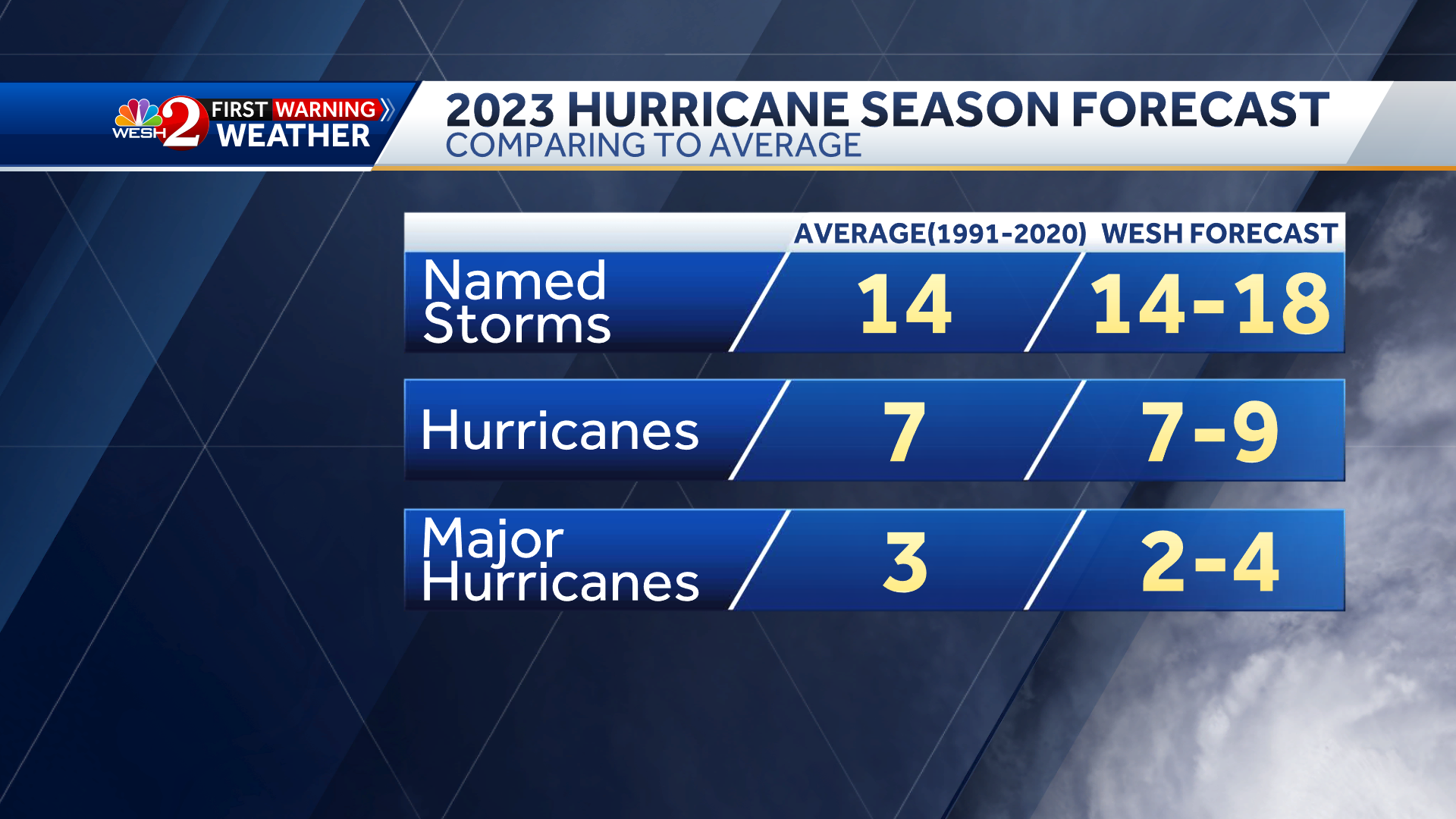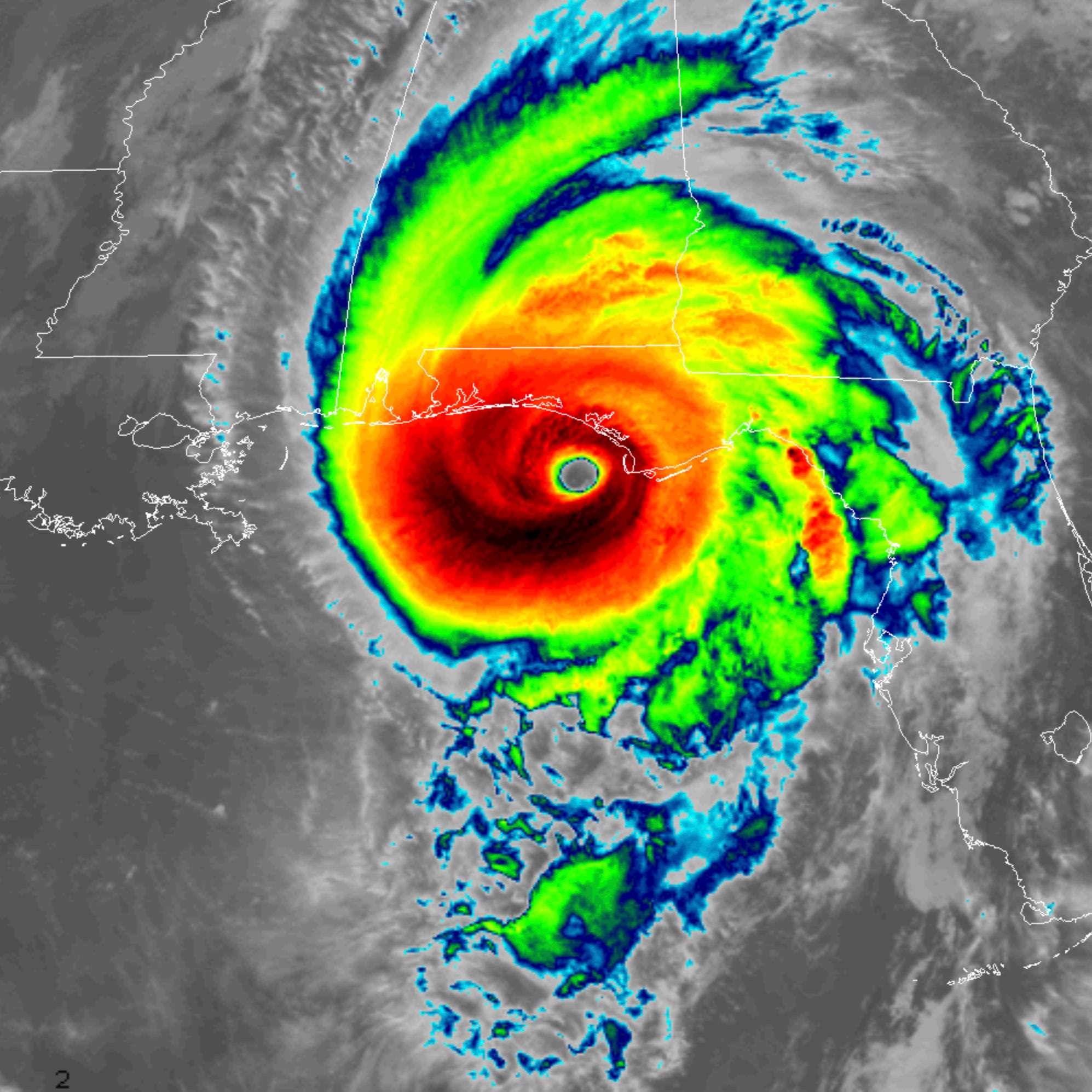Hurricane Forecast Basics

Hurricane forecasting involves a complex process of data collection and modeling to predict the path, intensity, and landfall of hurricanes. Meteorologists rely on various data sources, including satellite imagery, radar data, and weather station observations, to track and analyze hurricane development.
Hurricane forecasters keep a watchful eye on the Atlantic Ocean, monitoring the development of tropical cyclones that could threaten coastal communities. In recent years, the barbados hurricane season has been particularly active, with several major storms making landfall. Forecasters use a variety of tools to predict the path and intensity of hurricanes, including satellite imagery, radar data, and computer models.
By staying informed about hurricane forecasts, residents of coastal areas can take steps to prepare for potential storms and minimize their impact.
Numerical weather prediction (NWP) models are essential tools for hurricane forecasting. These computer programs use mathematical equations to simulate atmospheric conditions and predict how hurricanes will evolve over time. NWP models consider factors such as wind speed, temperature, humidity, and pressure to generate forecasts.
Hurricane forecasts are an essential tool for communities preparing for the potential impact of these storms. By tracking the beryl track , forecasters can provide timely updates on the storm’s path and intensity, allowing residents to make informed decisions about their safety and preparedness.
Types of Hurricane Forecasts
There are several types of hurricane forecasts, each providing specific information about the storm:
- Track forecast: Predicts the path of the hurricane’s center over time.
- Intensity forecast: Estimates the maximum sustained wind speed of the hurricane.
- Landfall forecast: Indicates the location and time when the hurricane is expected to make landfall.
Challenges and Limitations of Hurricane Forecasting
Hurricane forecasting is a challenging task due to the complex and unpredictable nature of these storms. Some of the challenges include:
- Data limitations: The availability and quality of data can impact the accuracy of forecasts, especially in data-sparse regions.
- Model uncertainties: NWP models are imperfect and can produce different forecasts depending on the initial conditions and model physics.
- Rapid changes: Hurricanes can undergo rapid changes in intensity and direction, making it difficult to predict their exact behavior.
Hurricane Impacts and Preparedness: Hurricane Forecast

Hurricanes are powerful and destructive storms that can cause widespread damage and loss of life. It is important to be aware of the potential impacts of hurricanes and to take steps to prepare for them.
Potential Impacts
Hurricanes can cause a variety of impacts, including:
- Storm surge: A wall of water that can reach heights of up to 20 feet or more. Storm surge can cause widespread flooding and damage to coastal communities.
- Flooding: Hurricanes can also cause flooding from heavy rainfall. Flooding can damage homes and businesses, and it can also lead to the spread of disease.
- Wind damage: Hurricanes can produce winds of up to 150 miles per hour or more. These winds can cause widespread damage to buildings, trees, and power lines.
Hurricane Preparedness
There are a number of things you can do to prepare for a hurricane, including:
- Develop an evacuation plan: Know where you will go and how you will get there if you need to evacuate.
- Assemble an emergency supply kit: Your kit should include food, water, first aid supplies, and other essential items.
- Secure your home: Board up windows and doors, and bring in any loose objects that could be blown away by the wind.
Role of Government Agencies and Organizations, Hurricane forecast
Government agencies and organizations play a critical role in hurricane preparedness and response. These agencies provide a variety of services, including:
- Issuing hurricane warnings and watches
- Providing evacuation assistance
- Coordinating disaster relief efforts
Hurricane History and Climatology

Hurricanes have been a part of Earth’s climate system for millions of years, leaving an imprint on human history and shaping coastal landscapes. Notable storms, such as the Great Galveston Hurricane of 1900 and Hurricane Katrina in 2005, have caused catastrophic damage and loss of life.
The climatology of hurricanes is complex, influenced by factors such as ocean temperatures, atmospheric circulation patterns, and wind shear. Hurricanes typically form over warm ocean waters near the equator and track westward, often recurving towards the poles. The frequency and intensity of hurricanes can vary from year to year, and there is evidence that climate change may be influencing these patterns.
Potential Effects of Climate Change on Hurricane Activity
Climate change is expected to alter hurricane activity in several ways. Rising sea levels may lead to increased coastal flooding during hurricanes, while warmer ocean temperatures may provide more energy for storm development. Changes in atmospheric circulation patterns could also affect hurricane tracks and intensity. Understanding these potential effects is crucial for coastal communities to prepare and adapt to future hurricane risks.